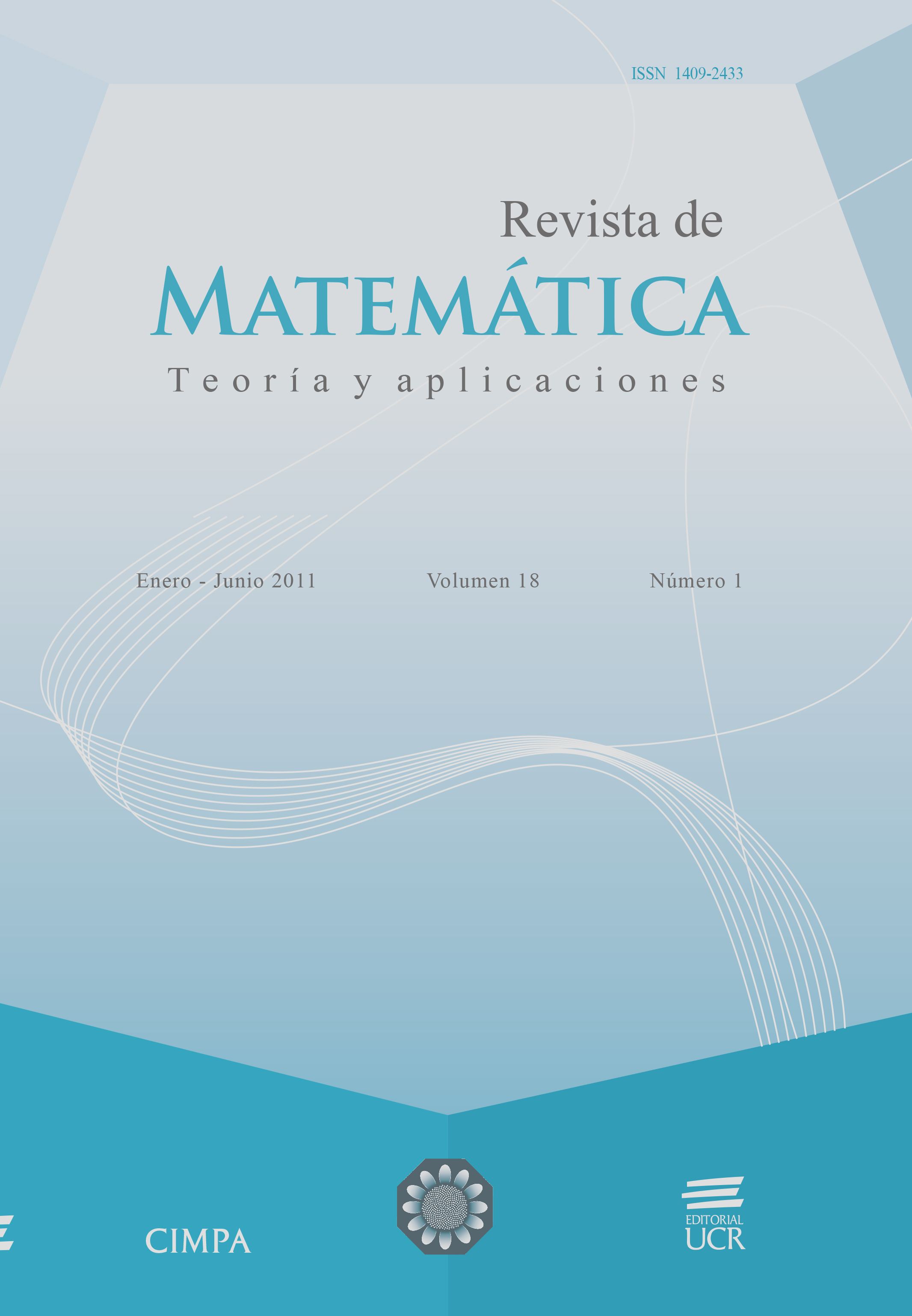Resumen
En el ámbito de matemáticas actuariales, estudiamos las propiedades de renovación del llamado monto agregado de reclamaciones en los casos no-descontado y descontado. Se establecen ecuaciones integrales para la función de distribución de estos modelos. Adicionalmente mencionamos como usar estas ecuaciones integrales para encontrar aproximaciones numéricas de la distribución.
Citas
Asmussen, S. (2008) Applied Probability and Queues. Springer, New York.
Atkinson, K. E. (1997) The Numerical Solution of Integral Equations of the Second Kind. Cambridge University Press, Cambridge UK.
Brunner, H.; Kauthen, J.P. (1989) “The numerical solution of two-dimensional Volterra integral equations by collocation and iterated collocation”, IMA Journal of Numerical Analysis 9(1): 47–59.
Cheney, W. (2001) Analysis for Applied Mathematics. Springer, New York.
Ramsay, C. M. (1994) “On an integral equation for discounted compound–annuity distributions”, ASTIN Bulletin 19(2): 191–198.
Rolski, T.; Schmidli, H.; Schmidt, V.; Teugels, J. (1999) Stochastic Processes for Insurance and Finance. John Wiley & Sons, New York.
Scalas, E. (2006) “Five years of continuous-time random walks in econophysics”, in: A. Namatame, T. Kaizouji & Y. Aruka (Eds.) The Complex Networks of Economic Interactions, Lectures Notes in Economics and Mathematical Systems 567, Springer Verlag, Berlin: 3–16.
Scalas, E.; Gorenflo, R.; Mainardi, F. (2004) “Uncoupled continuous-time random walks: Solution and limiting behavior of the master equation”, Physical Review E 69(1): 011107 [8 pages].
Thorin, O.; Wikstad, N. (1973) “Numerical evaluation of the ruin probabilities for a finite period” Astin Bulletin 7: 137–153.
Whitt, W. (2002) Stochastic-Process Limits. An Introduction to Stochastic-Process Limits and Their Applications to Queues. Springer, New York.





